
The Upper West Region shares borders to the north with Burkina Faso, to the east with the Upper East Region, to the south with the Northern Region and with Côte d?Ivoire to the west. The region covers a geographical area of 18,476 square kilometres, which is about 12.7% of the total land area of Ghana.
The region is located in the Guinea Savannah belt. Among the trees commonly found in this region are shea, baobab, dawadawa and neem, which are able to withstand drought. These trees provide fuel for domestic use as well as wood for the construction of houses.
The climate of the Upper West Region follows a general pattern identified with the three northern regions.
It has a single rainy season from April to September, with average annual rainfall of about 115 cm. This is followed by harmattan, a prolonged dry season characterized by cold and hazy weather from early November to March, and an intense hot weather that ends only with the onset of early rainfall in April. The mean monthly temperature ranges between 21c and 32c.
Temperatures rise to their maximum (40c) in March, just before the onset of the rainy season, and fall to their minimum (20c) in December during harmattan which is brought about by the north-east trade winds.
The region has an almost entirely flat topography, especially west of the capital Wa and around Lawra, better referred to as the Wa-Lawra plains. The height of the land is generally between 275m and 300m above sea level, except eastwards of Wa where the land rises over 300m above sea level. Further eastwards, the land falls to about 150m above sea level.
Many types of soil are found in the region. They include the Savannah ochrosols, tropical brown yeast, terrace soils found along the banks of rivers and streams, and groundwater laterites. These soil types favour the cultivation of a variety of grains, pulses and tubers and cotton. One crop commonly cultivated on the terrace soil type is tobacco.
Date Created : 11/28/2017 7:35:46 AM



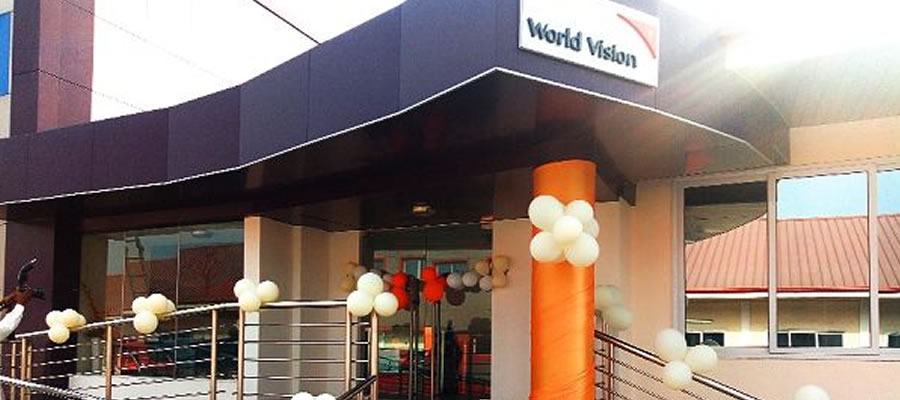
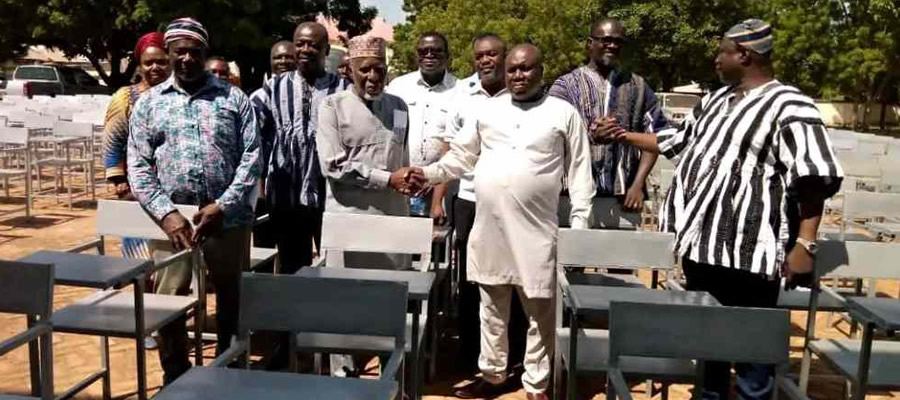
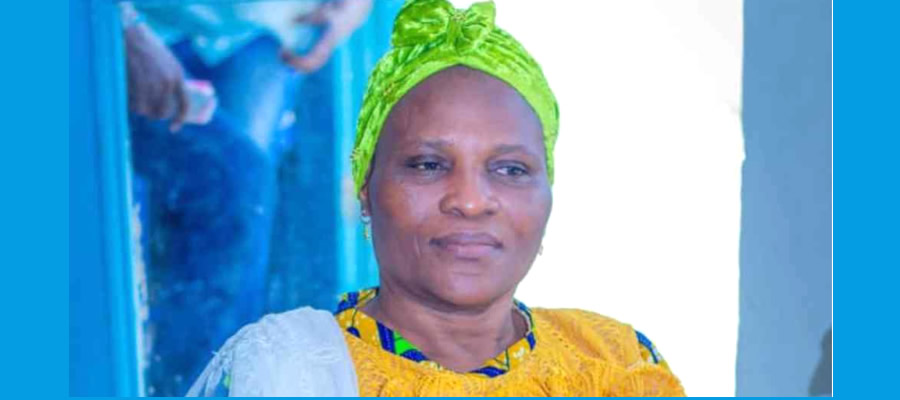
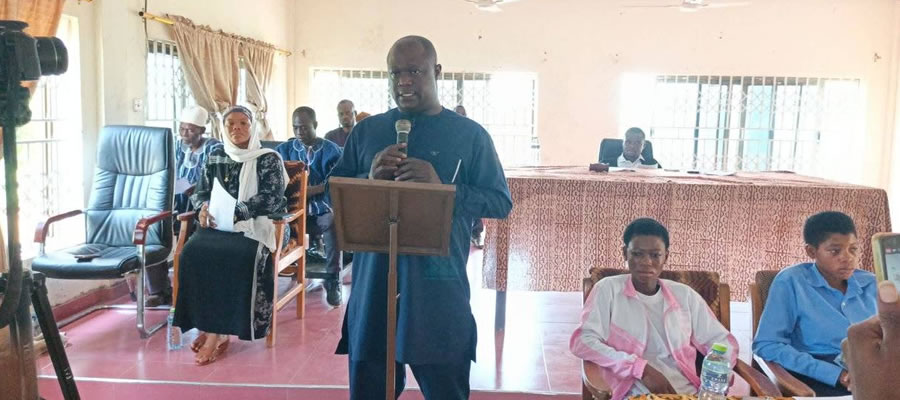

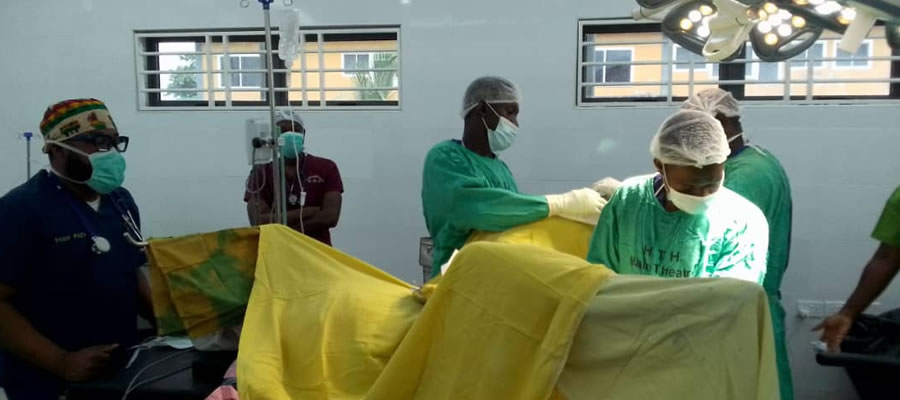
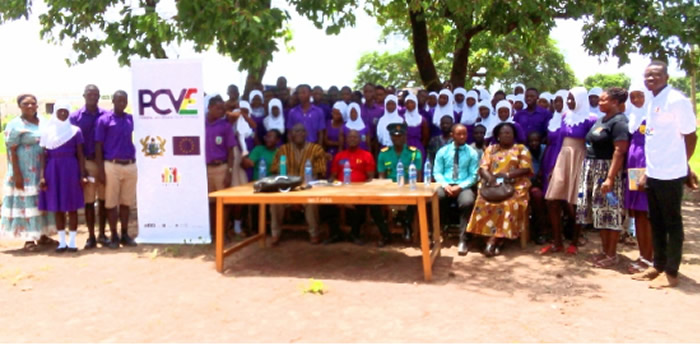


 facebook
facebook
 twitter
twitter
 Youtube
Youtube
 +233 593 831 280
+233 593 831 280 0800 430 430
0800 430 430 GPS: GE-231-4383
GPS: GE-231-4383 info@ghanadistricts.com
info@ghanadistricts.com Box GP1044, Accra, Ghana
Box GP1044, Accra, Ghana